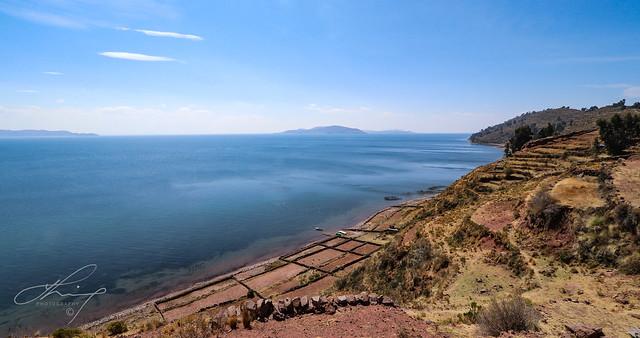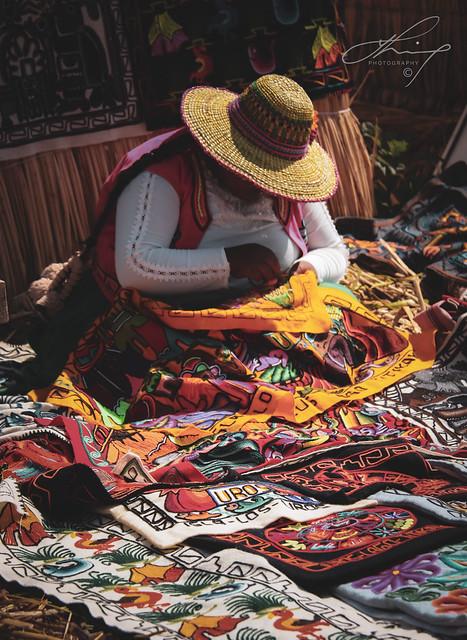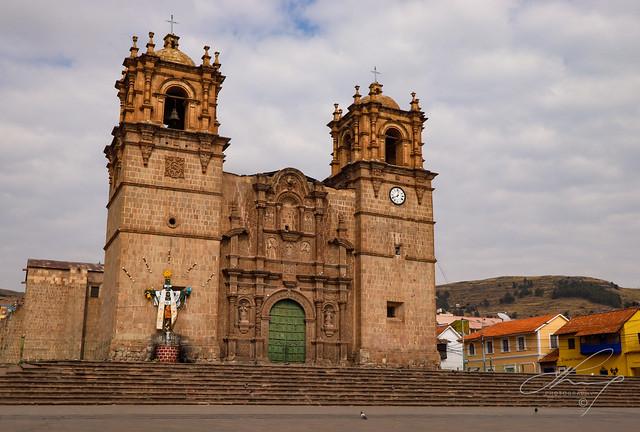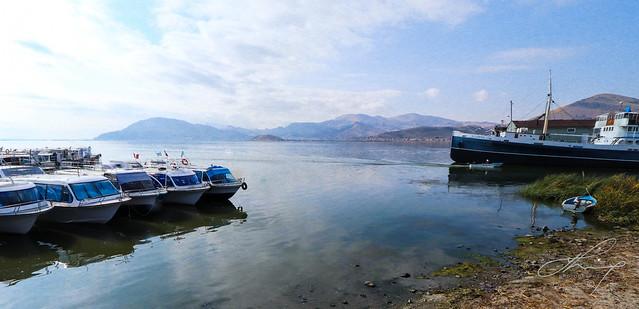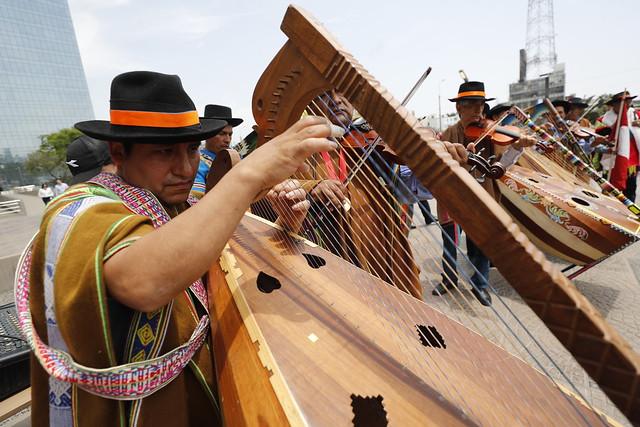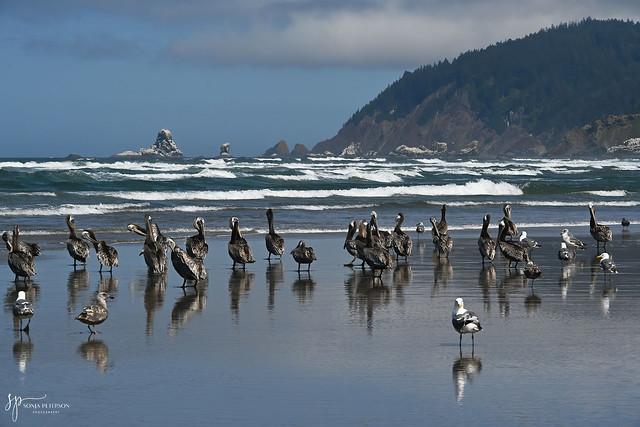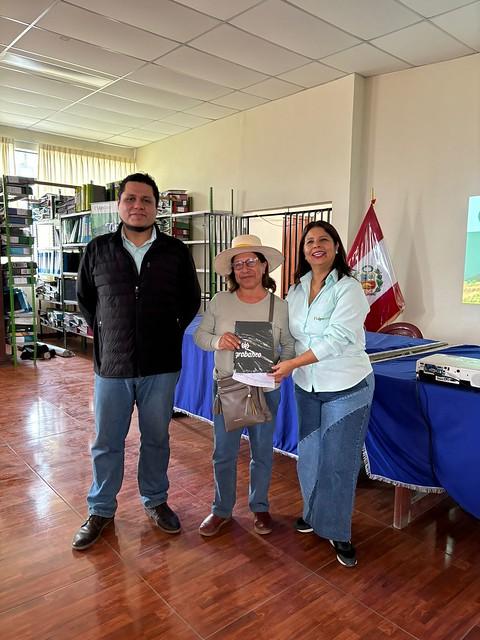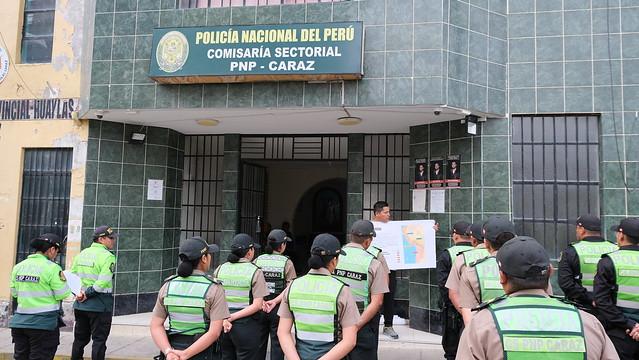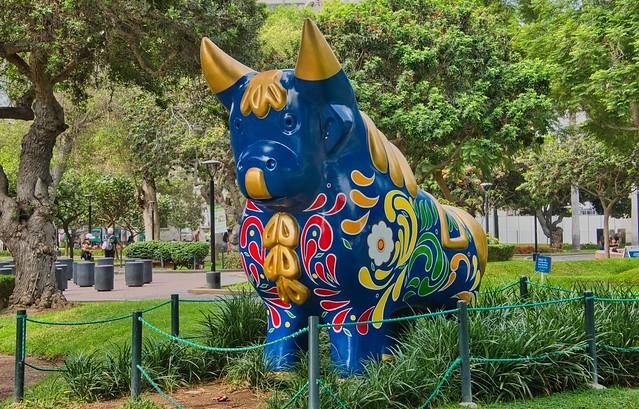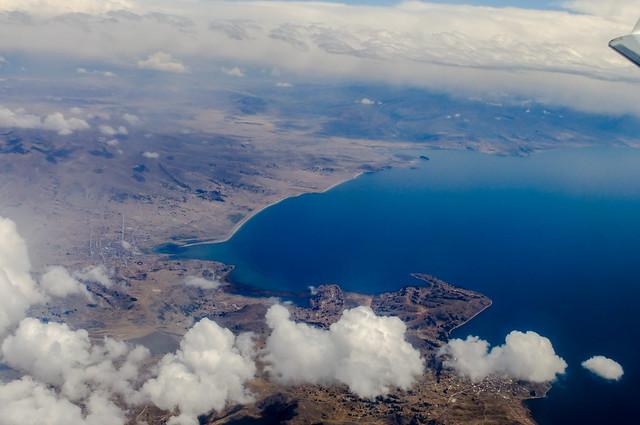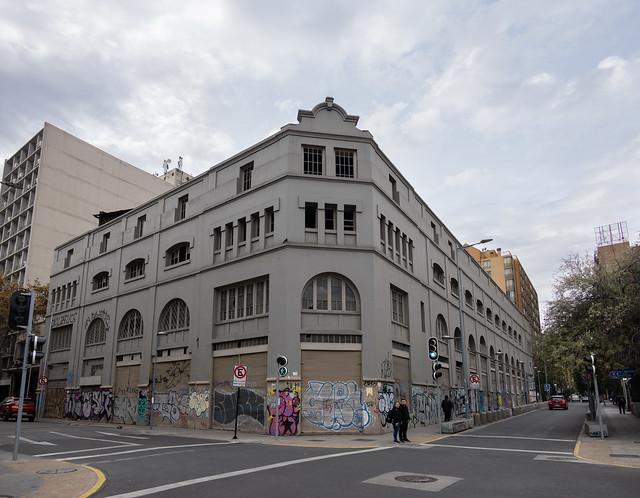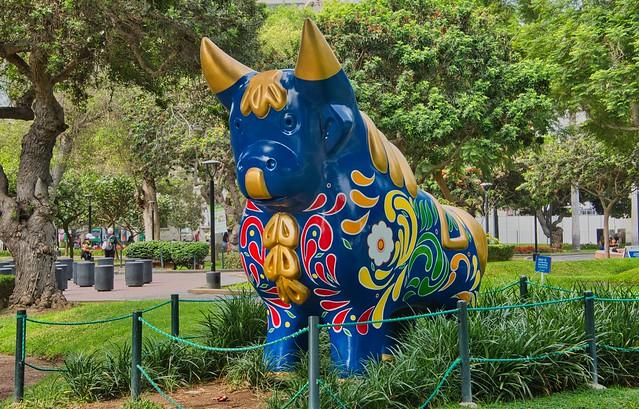Puno
Overview
Puno, a vibrant city nestled on the shores of Lake Titicaca in southeastern Peru, is a gateway to rich cultural experiences and breathtaking natural beauty. Known for its strong ties to Andean traditions, Puno is often referred to as the "Folklore Capital of Peru" due to its colorful festivals and lively music and dance performances. The city and its surrounding areas are steeped in history, with numerous ruins and sites that tell tales of ancient civilizations, including the fascinating floating islands of the Uros, constructed entirely from reeds harvested from the lake. The blend of Spanish colonial architecture and indigenous cultures makes Puno a unique and enriching destination for young travelers seeking a deep cultural immersion.
The best time to visit Puno is during the dry season, from May to October, when the weather is generally clearer and warmer, making it ideal for exploring the outdoors. The most famous event in Puno is the "Fiesta de la Candelaria," which takes place in early February and is one of the largest and most vibrant cultural festivals in South America, featuring traditional music, elaborate costumes, and dance performances. During the high season, visitors can engage in a variety of activities such as boating on Lake Titicaca, visiting the Uros islands, trekking to ancient pre-Inca ruins, or simply enjoying the panoramic views and wildlife of the high-altitude lake environment.
Before traveling to Puno, it's important for teenagers to prepare adequately to ensure a comfortable and safe trip. Since Puno is located at a high altitude (over 3,800 meters above sea level), altitude sickness can be a concern. It's advisable to acclimatize gradually, stay hydrated, and consider spending a day or two in a nearby city at a lower altitude before ascending to Puno. Packing should include layers of clothing to accommodate the variable temperatures, especially during the cooler evenings. Essential items include a good pair of walking shoes, sun protection (sunscreen, hat, and sunglasses), and a reliable camera to capture the stunning landscapes and vibrant cultural scenes. Additionally, learning some basic Spanish phrases and understanding local customs will greatly enhance the interaction with local people and enrich the travel experience.
How It Becomes to This
History not available

You May Like
Explore other interesting states in Peru
Discover More Area
Delve into more destinations within this state and uncover hidden gems.


